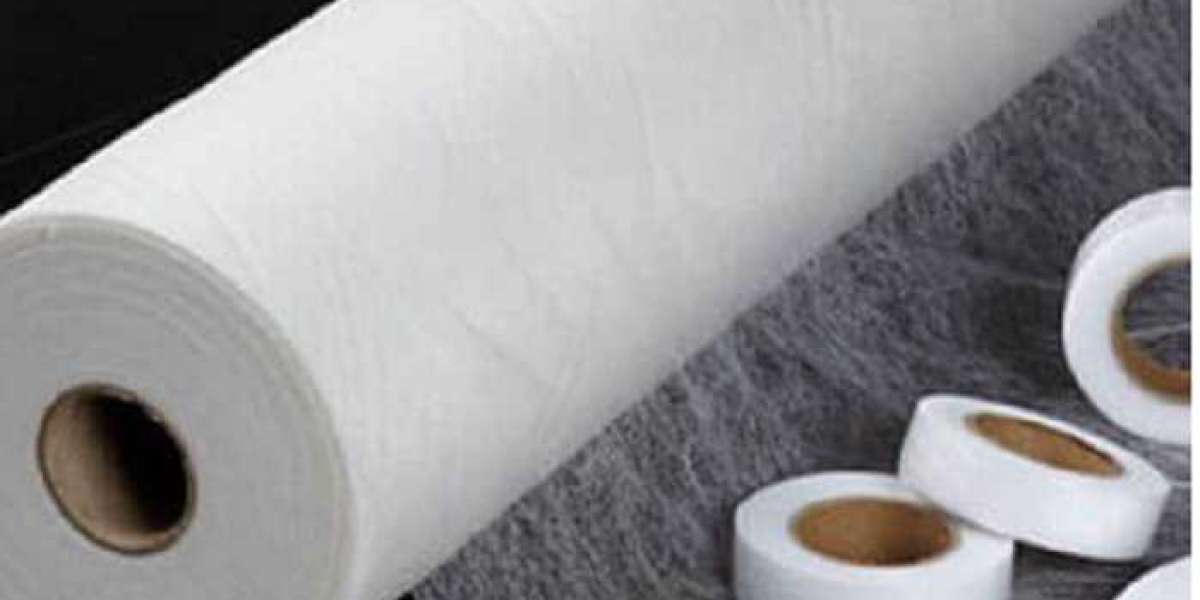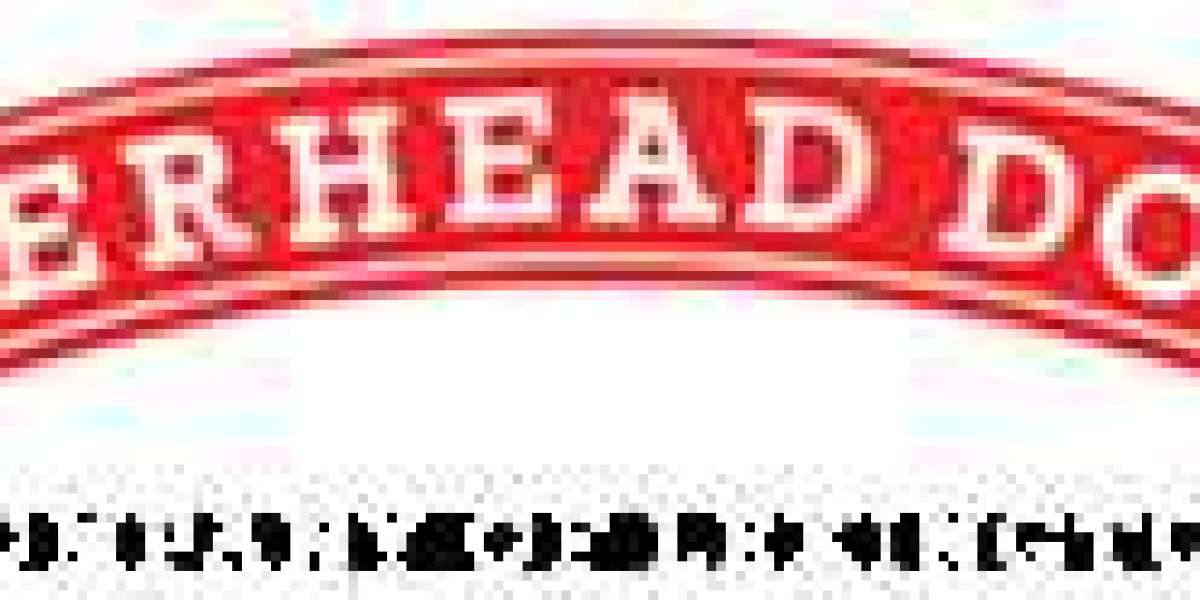In this sewing tutorial I will show you how to use fusible interfacing. You will learn what is interfacing, which side of the interfacing is fusible, is fusible fleece the same as interfacing, how do you clean fusible interfacing from an iron, etc.
What is fusible interfacing?
Fusible interfacing is a very interesting material used for sewing, quilting and craft projects with all kinds of fabric. You fuse it to the wrong (unseen) side of fabric to give it additional strength, support or required shape. It’s commonly used to stiffen collars and cuffs, reinforce facings and buttonholes, strengthen waistbands in garment construction. It’s widely used in sewing bags and purses, it’s also essential for quilters, it can be used for preventing fabric fraying, etc.
Types of fusible interfacing
Before applying the fusible interfacing we have to know what type of interfacing is suitable for the particular project and for the fabric.
When I started to sew 30 years ago I had only ONE type of fusible interfacing available to me (well, maybe there were different types then also, but they were not available for home sewing).
Now I have at home maybe 20 different types and most of the time when I need interfacing it turns out I don’t have the exact type that I need so I have to buy it.
All types of fusible interfacing have a heat activated adhesive material on one side or on both sides which bonds to the fabric when ironed. Fusible interfacing can have different structure and thickness in order to be used with different fabrics.
So, what are the types of fusible interfacing we can use for our projects?
- Non-woven fusible interfacing is the most common type everybody uses. It’s a pure product of the chemical industry – it’s not fabric, it will not unravel. Usually, it has no grain, and because of this, it can be cut in any direction which is great because you can use every bit of it in a very economical way. But sometimes it has the grain though and then manufacturers advise to cut it according to the grainline. It doesn’t have any stretch, and can be used with any woven fabric. I don’t recommend using it for knit fabric unless you want to reduce fabric stretch.
- Woven fusible interfacing is a kind of fabric – it has a lengthwise and crosswise grain. It’s made from warp and weft fibers interwoven together. It’s not widely used in home sewing. Most of the time they make it not stretchy but sometimes it can have some stretch property also. This type works well with woven fabric.
- Knit fusible interfacing is stretch like knit fabric and used mostly for stretch knit fabric. It’s made by knitted fibers together.








